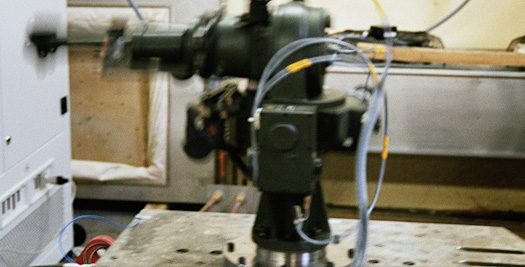Experimental load determination

In various areas, the loads acting on a component are not known with sufficient accuracy. Here, measurements can often be used to determine the actual load level much more precisely.
An example of this can be a forming process in a rolling mill. Here, the load acting on the roll and bearing is usually only known inaccurately. One way of determining the load more accurately would be to recalculate the forming process in the roll gap. However, the cost of this is usually relatively high. However, the load level in the roll can often be determined efficiently by measuring strain on the bearing pedestal and recalculating this strain to the magnitude and direction of the bearing force.
Vibrating structures represent another example. Here, the structure is subjected to much higher loads due to its own oscillatory behavior than would correspond to a “quasi-static” support of the external loads. If no sufficient information about the vibration behavior is available (damping, nonlinearities,…), this dynamic load increase can be determined experimentally (acceleration measurement, strain gauge, etc.).
